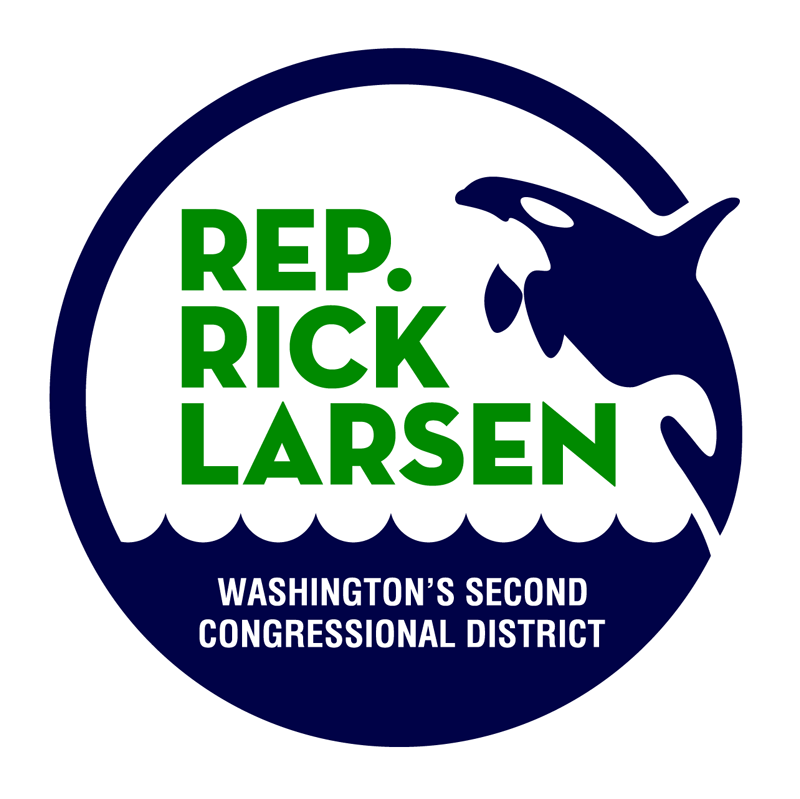Press Releases
Bellingham Herald Op Ed: Climate deal could help China’s smog, U.S. economy
Washington, DC,
November 24, 2014
Tags:
Energy & Environment
Read Rep. Larsen's op ed on the Bellingham Herald website.By Rep. Rick Larsen While riding down a major route in Beijing in January 2013, one sight struck me: the inability to see the tops of the buildings on either side of this street. The height of the buildings was not the problem, terrible smog was. I returned home with a terrible cold exacerbated by the particulate-heavy air I breathed in Beijing and other large cities I visited on that trip to assess China's pollution problem. My assessment: It’s bad. But China should not attack this problem on my account and its leadership won't. It will and should because of the millions of Chinese who breathe this air every day. Dirty air and the many problems it causes for Chinese citizens are reasons that China experts cite pollution as a threat to Chinese Communist Party credibility. That motivating factor is surely behind China's announcement that it will actively engage on an international agreement to reduce the sources of greenhouse gas emissions. China is the largest emitter of greenhouse gases in the world, which makes its commitment to peaking its greenhouse gas emissions by 2030 or earlier so important. As part of the deal with the U.S., China’s leadership also committed to growing the country’s use of non-fossil fuels by 20 percent in the same time frame. To meet its goals, China must begin to slow its rate of growth in greenhouse gases now. China can only begin this effort by increasing its use of no- and low-emission sources of energy now. This means China needs to be less coal dependent and immediately invest in renewable energy. There are at least two key reasons why China's commitment is so important. First, according to one report in the Washington Post, other countries have cited China's refusal to adopt greenhouse gas reductions as an excuse not to start their own efforts. That excuse is now gone, and I am hopeful this new agreement will set a positive course of action for other countries to follow. Second, the 2015 United Nations climate change conference will take place in Paris in December, and a deal between the United States and China on greenhouse gas reduction by itself increases the likelihood of an international deal. Bringing together dozens of countries to agree on making difficult changes to their energy usage is a steep hill to climb, but it may have become more surmountable with the U.S.-China deal. And the only real way to make meaningful progress toward mitigating the effects of climate change is for countries to work together. So what will this mean for China? China will need heavy investment soon and quickly to achieve this goal. That investment will take the form of renewable and non-fossil fuel sources of energy. According to the Energy Information Administration, hydropower makes up only 6 percent of China’s energy, and all other renewables like wind and solar make up less than 1 percent of total energy production. Nuclear makes up an additional 1 percent. These numbers indicate that almost 90 percent of China's energy portfolio is fossil fuel-based, with coal making up most of that number. This is an untenable energy mix for the Chinese people. And what does this mean for the United States? First, the agreement includes other key elements that provide the United States opportunities to assist China in its efforts. For example, expanding the Joint Clean Energy Research and Development Center sets a foundation for the future of renewable energy research. These joint efforts also will promote trade in green goods like solar panels, small hydroelectric technology and wind turbines. This increased research, development, and green commerce will essentially set a stage for a broader agreement on a trade in environmental goods and services that will create jobs here at home. U.S. companies and the workers who make a living from the jobs at companies manufacturing green technology are ready, willing, and able to provide the services and make the products that grow our economy here at home while helping China achieve its goal of reducing greenhouse gases. This agreement is the next step in what could be the most substantial environmental agreement in U.S. history. Along with the landmark fuel-efficiency standard agreement that decreases fossil fuel use of automobiles in the United States and the announcement that the Obama administration will reduce greenhouse gas emissions from coal-fired energy plants, the U.S.-China agreement on greenhouse gas emissions forms a firm third leg in the Obama Administration's legacy to address the threat of climate change and a platform for the world to follow. |
